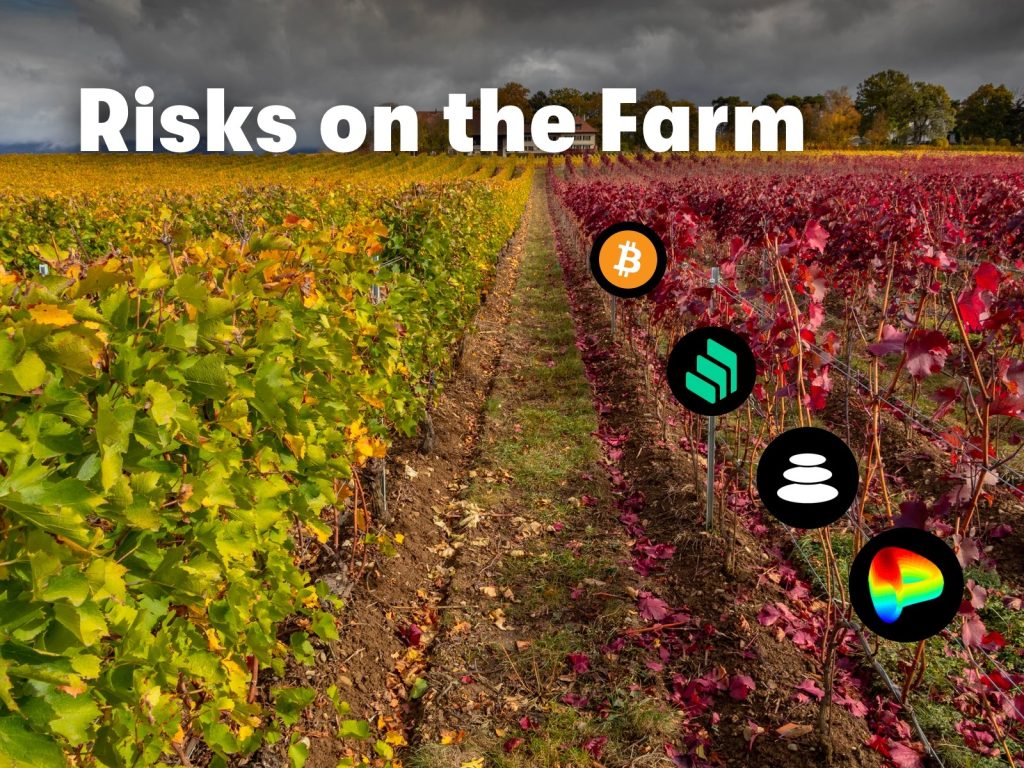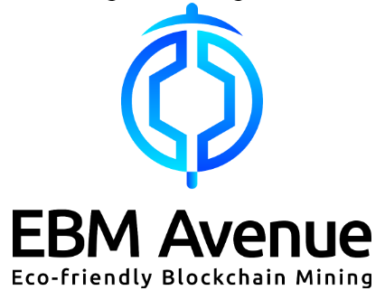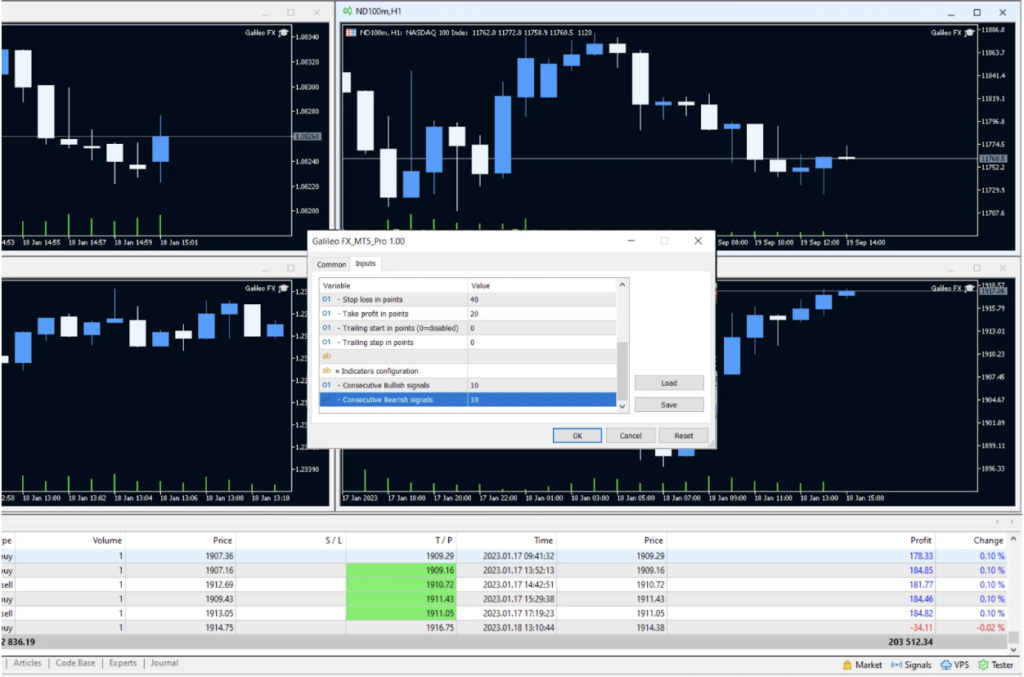DeFi yield farming has become a popular investment strategy within the cryptocurrency space, offering the potential for high returns. However, with the potential for high rewards also comes significant risks. In this article, we will explore the risks involved in DeFi yield farming and discuss strategies to maximize returns while managing those risks effectively.
Introduction to DeFi Yield Farming
DeFi yield farming, also known as liquidity mining, involves providing liquidity to decentralized finance (DeFi) protocols and earning rewards in return. It typically involves locking up or staking cryptocurrencies in smart contracts to facilitate lending, borrowing, or trading activities on DeFi platforms.
What is DeFi Yield Farming?
DeFi yield farming is a mechanism that allows investors to earn additional tokens by actively participating in the DeFi ecosystem. It involves various strategies such as liquidity provision, staking, or participating in governance activities, depending on the specific protocol.
How does it work?
Yield farming works by incentivizing users to provide liquidity to DeFi protocols. In return for locking up their funds, users earn additional tokens or fees generated by the protocol. The reward tokens can then be sold or reinvested to compound returns.
Benefits and Risks of Yield Farming
Yield farming offers the potential for substantial returns compared to traditional financial instruments. It allows investors to take advantage of the high-interest rates and incentives offered by DeFi protocols. However, it’s important to note that yield farming also carries significant risks, including impermanent loss, smart contract vulnerabilities, market volatility, and the potential for scams and rug pulls.
Risks in DeFi Yield Farming

Before engaging in yield farming, it’s crucial to understand the risks involved to make informed investment decisions.
Impermanent Loss
Impermanent loss occurs when the value of the deposited assets in a liquidity pool fluctuates significantly compared to holding them outside the pool. This loss is temporary and can be mitigated by careful selection of liquidity pools and understanding the dynamics of asset price movements.
Smart Contract Vulnerabilities
Smart contracts, which underpin DeFi protocols, can have vulnerabilities that can be exploited by malicious actors. These vulnerabilities include coding errors, bugs, or even the risk of the smart contract being hacked. It’s crucial to assess the security measures, audit reports, and reputation of the protocols before participating in yield farming.
Market Volatility
The cryptocurrency market is known for its volatility, and yield farming is not immune to price fluctuations. The value of the reward tokens earned through yield farming can be highly volatile, impacting the overall returns. It’s important to consider market conditions and manage risk accordingly.
Rug Pulls and Scams
The decentralized nature of DeFi platforms opens the door for potential scams and rug pulls. Rug pulls occur when developers or liquidity providers drain the liquidity from a project suddenly, leaving investors with significant losses. It’s crucial to conduct thorough research, assess the legitimacy of projects, and be cautious of high-risk or unaudited protocols.
Strategies for Maximizing Returns
While yield farming carries risks, employing the right strategies can help maximize returns while mitigating potential losses.
Research and Due Diligence
Thorough research is vital before participating in any yield farming project. Assess the project’s fundamentals, team expertise, audits, community sentiment, and long-term viability. Understanding the underlying technology, tokenomics, and project roadmap can help make informed investment decisions.
Diversification across Projects
Diversification is a key risk management strategy in yield farming. By allocating funds across multiple projects, you can spread the risk and avoid overexposure to a single protocol. However, it’s essential to strike a balance and not over-diversify, as managing multiple projects can be challenging.
Understanding Different Farming Mechanisms
Different yield farming mechanisms exist, such as liquidity provision, staking, or participating in governance activities. Understanding how each mechanism works, including the associated risks and potential returns, can help optimize yield farming strategies.
Utilizing Risk Management Tools
Risk management tools, such as stop-loss orders or hedging strategies, can help mitigate losses in volatile markets. Implementing appropriate risk management measures based on your risk tolerance and investment goals is crucial for long-term success.
Staking and Governance Participation
Some yield farming opportunities involve staking tokens or participating in governance activities. Staking provides additional rewards, while governance participation allows you to have a say in protocol decisions. Evaluating the staking rewards, voting mechanisms, and the impact of governance decisions is important when considering such opportunities.
Managing Risks in DeFi Yield Farming
In addition to employing strategies to maximize returns, effectively managing risks is essential in DeFi yield farming.
Setting Realistic Expectations
It’s important to set realistic expectations and understand that yield farming returns can vary. Avoid falling for unrealistic promises of high returns without evaluating the underlying risks.
Regularly Monitoring and Reassessing Investments
Yield farming is an evolving space, and protocols can undergo changes or face new risks over time. Regularly monitoring your investments, staying updated on project developments, and reassessing the risks involved is crucial for making informed decisions.
Implementing Proper Security Measures
Take adequate security measures to protect your funds. Use hardware wallets or secure wallets, enable two-factor authentication (2FA), and be cautious of phishing attempts or suspicious links. Keeping your funds secure is paramount in DeFi yield farming.
Staying Updated on Industry News and Trends
Staying informed about the latest industry news, regulatory developments, and emerging trends in yield farming is vital. Subscribe to reliable sources of information, participate in relevant communities, and be aware of potential risks or changes that could impact your investments.
Advanced Yield Farming Strategies
For experienced yield farmers, advanced strategies can be employed to
further optimize returns and explore additional opportunities. Here are a few advanced yield farming strategies:
Leveraged Yield Farming
Leveraged yield farming involves borrowing additional capital to amplify the returns generated from yield farming activities. However, it’s important to note that leverage also increases the potential risks and losses, so careful risk management is crucial.
Yield Optimization Platforms
Yield optimization platforms aggregate funds from multiple protocols to maximize returns. These platforms automatically allocate funds to different protocols based on the most profitable opportunities, optimizing yield farming strategies and reducing the effort required for manual portfolio management.
Stablecoin Farming
Stablecoin farming involves yield farming with stablecoins, such as USDT or DAI. Stablecoins offer a more stable value compared to volatile cryptocurrencies, providing a more predictable yield farming experience. This strategy appeals to those seeking to minimize exposure to market volatility.
Yield Aggregators
Yield aggregators pool funds from multiple liquidity pools or protocols to achieve higher returns. These platforms automatically reallocate funds based on the most lucrative opportunities, reducing the complexity of managing multiple farming positions individually.
Yield Farming Platforms and Tools
Several yield farming platforms and tools can facilitate your yield farming activities. Here are a few popular options:
- Compound Finance: A leading lending and borrowing protocol that offers yield farming opportunities through its liquidity pools.
- Aave: A decentralized lending platform that allows users to lend and borrow assets while earning interest and rewards.
- Yearn.finance: An automated yield farming platform that optimizes returns by moving funds between different protocols.
- Uniswap: A decentralized exchange protocol that enables liquidity provision and yield farming through its liquidity pools.
- DeFi aggregators: Platforms like Zapper, DeBank, or Zerion provide a consolidated view of your yield farming positions across multiple protocols, making it easier to manage and track your investments.
Yield analytics and tracking tools can also help monitor and analyze the performance of your yield farming activities. Platforms like DeBank, YieldWatch, or Zapper provide insights into your farming positions, including historical returns, fees earned, and potential impermanent loss.
Regulations and Compliance Considerations
As the DeFi space evolves, regulatory scrutiny is increasing. It’s essential to consider the regulatory landscape and comply with local laws and regulations. Some key considerations include:
- Familiarize yourself with the regulatory framework governing cryptocurrencies and DeFi in your jurisdiction.
- Understand the tax implications of yield farming activities and ensure compliance with tax reporting requirements.
- Be aware of any restrictions or licensing requirements for participating in DeFi platforms or offering yield farming services.
Engaging with reputable projects, adhering to transparent and compliant protocols, and seeking legal advice when necessary can help ensure regulatory compliance in your yield farming activities.
Conclusion
DeFi yield farming offers exciting opportunities for investors to earn attractive returns in the cryptocurrency space. However, it’s essential to understand the risks involved and employ effective strategies to maximize returns while managing those risks.
By conducting thorough research, diversifying investments, understanding different farming mechanisms, utilizing risk management tools, and staying updated on industry trends, you can navigate the world of yield farming more confidently.
Remember to prioritize security, regularly reassess your investments, and comply with applicable regulations. With careful consideration and informed decision-making, you can make the most of DeFi yield farming while mitigating potential risks.
DeFi yield farming presents both opportunities and risks. By understanding the risks involved, conducting thorough research, diversifying investments, employing effective strategies, and staying updated on industry trends, investors can navigate the yield farming landscape more successfully. With caution, informed decision-making, and adherence to security measures, investors can maximize their returns while managing potential risks in this dynamic and evolving space.










